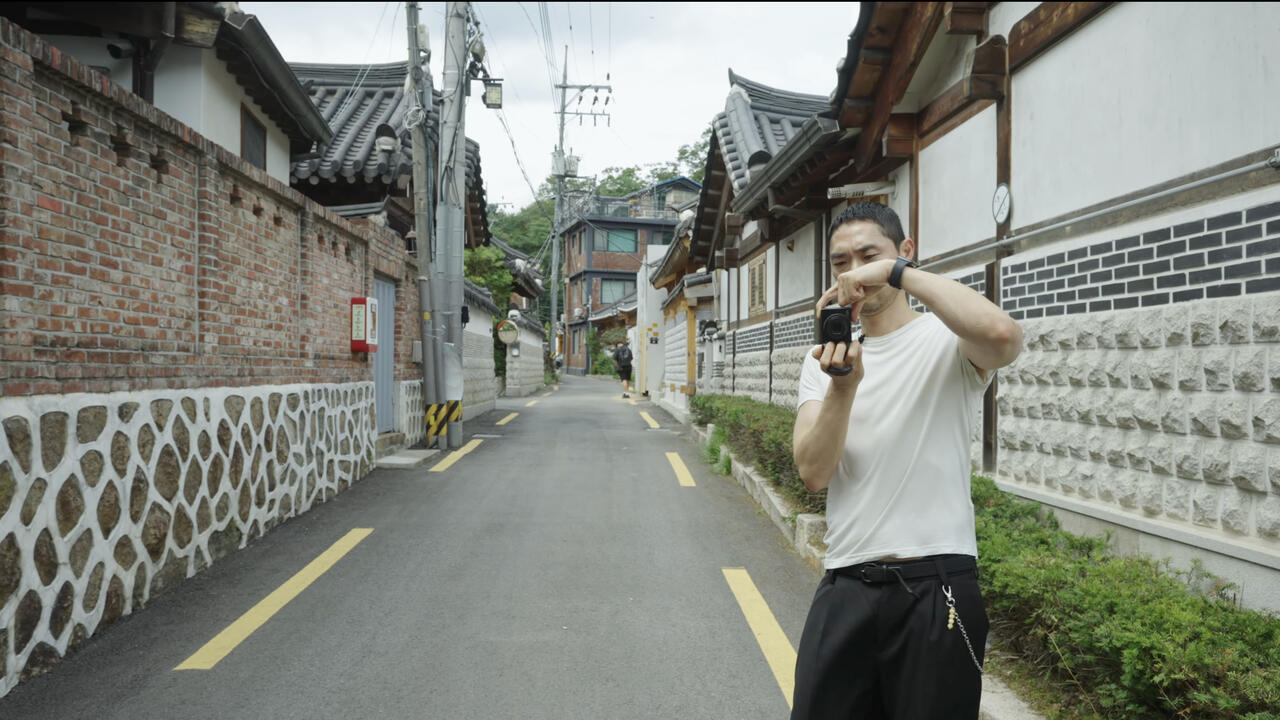The Content of Form
Generali Foundation
Generali Foundation

Can an exhibition be accused of being ‘too good’? Or criticized for being so intelligent as to anticipate almost every possible objection? In the case of The Content of Form, such questions are all too pertinent. Curated by Helmut Draxler, the show was the second in a three-part series marking the 25th anniversary of Vienna’s Generali Foundation. And in view of the occasion, it was an exhibition that did absolutely everything right – but then again, not quite.
Draxler’s show was less a curatorial selection from the Generali collection than what the accompanying text calls a ‘curatorial discursive project examining the collection as a principle’ – a kind of meta-exhibition about the relationship between content and form as a parallel to the relationship between art work and collection. Fittingly, the show bore the unwieldy and ironic subtitle ‘The Collection Represented by Helmut Draxler’.
Exhibition design played the lead role here. Following the three-part structure dictated by the Generali Foundation’s spaces, Draxler identified three main themes: representation, communication and genealogy. Signalled by different wall colours, each section featured a motif from art history as black-and-white photo wallpaper: for representation, Archduke Leopold Wilhelm in his Gallery in Brussels (c.1651), a work by David Teniers (the younger) showing the duke in his collection; for communication, Johann Zoffany’s The Tribuna of the Uffizi (1772–7) with its society figures engaged in vigorous debate on art; and for genealogy, Hubert Robert’s Projet d’aménagement de la Grande Galerie du Louvre (1796) that shows the gallery in question as a long tunnel reaching into the future.
Additional wall prints showed select installation views of works from previous Generali exhibitions (some of which were not purchased for the collection). The pieces in these images, by artists including Lygia Clark, Thomas Eggerer, Hélio Oiticica, Anna Oppermann and Florian Pumhösl, featured on the show’s list of works alongside those that were actually present ‘in the flesh’. The latter, too, offered a varied cross-section of the collection: in addition to the works of Conceptual art and Institutional Critique for whose purchase and promotion the Generali Foundation is known, there were surprises including small drawings by Walter Pichler (Eigenartige Räume, Peculiar Spaces, 1966) and prints by Franz West (Nur heute!? (Only today!?, 1997)).
Also included were Harun Farocki’s Images of the World and the Inscription of War (1988), forgotten classics like Oswald Oberhuber’s sculpture Die konzentrierte Veränderung (Concentrated Change, 1964) and Stephen Willats’ diagrams Wie ich meine Fluchtwege organisiere (How I organize my escape routes, 1979–80). Selections from Institutional Critique were less surprising, but some had not been exhibited for a long time: videos by Fareed Armaly (Vox, 1994) and Dorit Margreiter (Into Art, 1998). There were also wall slogans spoofing titles of previous shows, such as ‘Die Gewalt ist der Rand aller Dinge, die wir nicht verstehen’ (Violence is the edge of everything we don’t understand) – combining Dinge, die wir nicht verstehen (Things We Don’t Understand), curated by Ruth Noack and Roger M. Buergel in 2000, and Die Gewalt ist der Rand aller Dinge (Violence is the Edge of Everything), curated by Alice Creischer and Andreas Siekmann in 2002. The wall text also included the names of people of importance to the collection but whose work was not in the show, such as the artists Andrea Fraser and Mary Kelly, as well as Sabine Breitwieser, founding director of the collection and curator-in-chief between 1988 and 2007.
As if all this were not self-reflexive enough, Draxler kept pushing things further. Transport straps and trolleys apparently left behind after setting up the exhibition were spread around the space, a cladding panel was removed from the ceiling and there were screens showing webcam broadcasts from the storeroom or the office of the Generali Foundation’s president, Dr. Dietrich Karner. Seemingly accounting for everything, The Content of Form presented a complex network of historical, discursive, definitional, personal and economic references. The show grasped its featured artworks as intersections within power structures and as modular bearers of meaning, with the spaces in which they were shown becoming part of the works. Again and again, the distinction between content and form broke down. Every work, every display decision, every wall text acted as a gesture. And every gesture drew another gesture after it, as a counterweight, extension or control: from exhibited work to exhibition history to institutional conditions and back to critiques of these conditions in the works themselves – a closed cycle of permanent self-questioning.
Finally, then, the exhibition posed the crucial question: does integrating critical art praxes into a collection neutralize and rob them of their critical impulses? The answer given here was a resounding yes – and the show itself must face the same verdict. For all its sophistication, it channelled the visitor’s gaze in extreme ways, coming off excessively didactic in parts, and, ultimately, strangely programmatic. ‘Doing everything right’ to such a degree, the exhibition became wrapped up in the pursuit of an ideals of ‘correctness’: the idea of hyper-aware and hyper-self-reflexively critical exhibition-making. As Draxler writes in the catalogue, The Content of Form was meant to ask ‘how the collection can reflect its own system of reference – in corporate, institutional, spatial and discursive terms’. And the answer is: exactly like this.
Translated by Nicholas Grindell

















